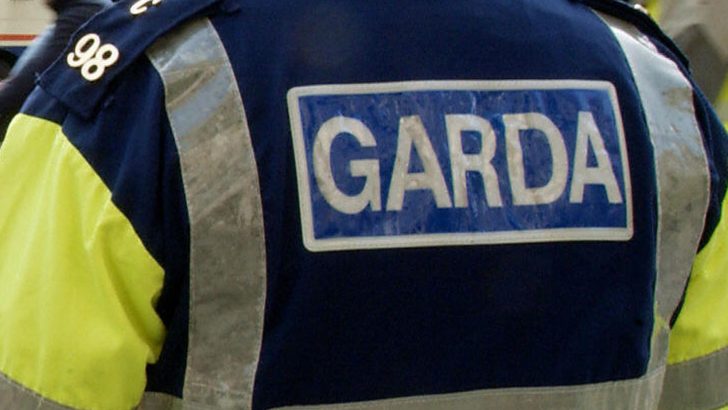Almost 10,000 people are reported as missing to Gardaí every year. On Wednesday (6th December) a commemorative ceremony in Farmleigh, Dublin marked National Missing Person’s Day. This year’s theme focused on DNA matching, a technique which just days earlier, helped to identify the remains of Joe Reilly, missing since 2006.
In 2000 following the disappearance of his own cousin, Aengus Shanahan in Limerick , Fr Aquinas Duffy set up the website www.missing.ie, which gets around 10,000 visits a month. According to the Dublin priest the reasons people disappear are varied. “Some can be foul play, others due to mental health issues and others due to dementia,” he told the Irish Catholic.
The largest numbers are teenagers who go missing for a weekend or a week and then return home. Often the same young people go missing again and another appeal goes out months later.
He believes there is a great need for an educational programme in schools, perhaps run by the Missing Persons Helpline, to explain that there are better ways to deal with stress than disappearing. “If young people realised the distress it caused their families they would not do it. There is an educational component needed here.”
Garda statistics divide those who go missing into three categories – High, Medium and Low risk. A person at ‘low risk’ may just pack a case, take their passport and take off. However 8 out of 10 disappearances are classified ‘High Risk’. Gardaí respond immediately to these cases, says Fr Duffy, but always need help from the public. “Be aware of people missing in your local areas. Don’t ignore the posters.”
Out of the 7,350 people who went missing this year (until October 2017), sixty one are still unaccounted for.


 Susan Gately
Susan Gately